Why do toddlers need outdoor play?
Children between the ages of two and three understand the world in very physical ways. As infants become toddlers, their curiosity about the environment intensifies and they become quite skilled at acting upon it. Mobile toddlers are avid explorers of what they can do with the world around them.
During these early years, gross-motor skills are rapidly developing. A normally developing 2-year-old has achieved full mobility and is able to climb and run with impressive ability. The battle with gravity and balance has been won (somewhat) and now they are ready to move. They are no longer happy standing and walking; they want to climb and run.
Toddler-hood can be described as the “large muscle” stage of development; during this time there is full engrossment in perfecting large muscle coordination. But motor development is not something that happens automatically for young children. Maturation is insufficient in accounting for mature movement skill acquisition at the fundamental movement phase of development. In fact, there is growing evidence that children who are old enough to walk but are being pushed around in strollers are suffering in their physical development. Motor development occurs because it is given opportunities to occur.
By providing plenty of outdoor play space and outdoor equipment, toddlers are being offered essential motor development experiences. In this environment, toddlers are in a place where they can safely practice newly acquired skills and also to function on the edge of their developing capacities to attempt novel or challenging tasks.
What do toddlers need in outdoor play?
Young children are involved in the process of developing and refining fundamental movement skills in a wide variety of stability, locomotor, and manipulative movements:
- Loco-motor: walking, running, jumping, hopping, climbing
- Manipulative: throwing, catching, kicking, hitting
- Stability: bending, stretching, beam walking (related to balance and gravity).
Play environments should allow for wide ranges of movement; stimulate children’s senses; offer novelty, variety and challenge and, of course, safety. Toddler outdoor play environments should provide a variety of textures (e.g., sand, water, rocks, wood, metals, shrubs, etc.), loose parts (e.g., wheeled toys, buckets, scoops, balls, etc.) and challenge (e.g., things to jump over, balance beams, ramps, stairs, etc.).
While outdoor play environments should be designed to meet the physical needs of toddlers, they also need to be designed with safety in mind. Two factors need to be taken into consideration when designing play environments for toddlers: physical limitations and cognitive limitations. Physically, toddlers are prone to tripping and falling; therefore surfaces need to be relatively smooth. Climbers and slides need to be low and have resilient surfacing below them. Swings need to enclose the child to prevent falling.
The second factor for considering play spaces for toddlers is to consider their cognitive limitations. Toddlers are especially prone to accidents because they are not yet cognitively able to think through the consequences of their actions. They will fall into pools, sit on hot slides, walk into traffic and get trapped in small spaces.
Wortham and Wortham suggest that toddler play environments include the natural environment such as trails, flowers, animals, sand and/or water. In fact, water has been described as an essential ingredient for toddlers’ outdoor play. Water holds children’s fascination and offers them physical experiences that no other element on Earth can give.
Active play, explorations of the world and sensory satisfactions all are found outdoors. At no other time is it possible for toddlers to physically develop more fully than during well-planned and well-equipped outdoor play.

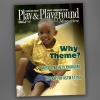
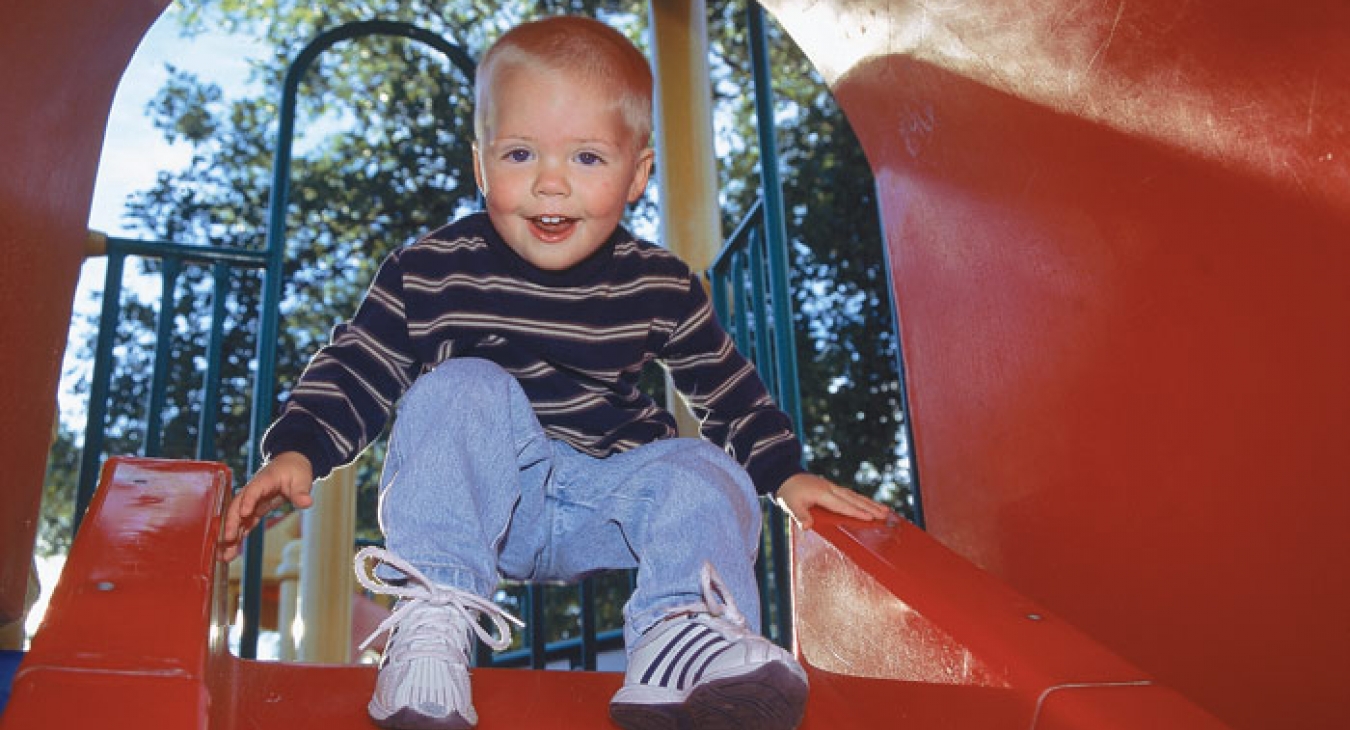
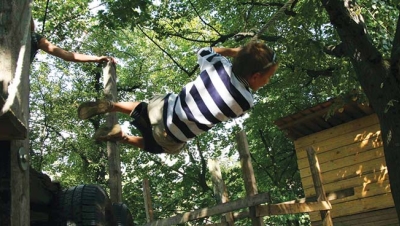
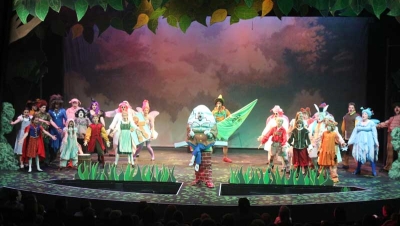
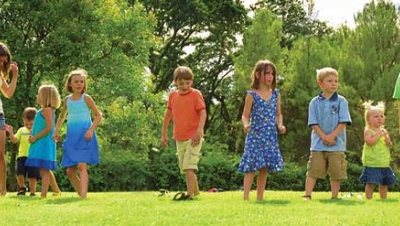

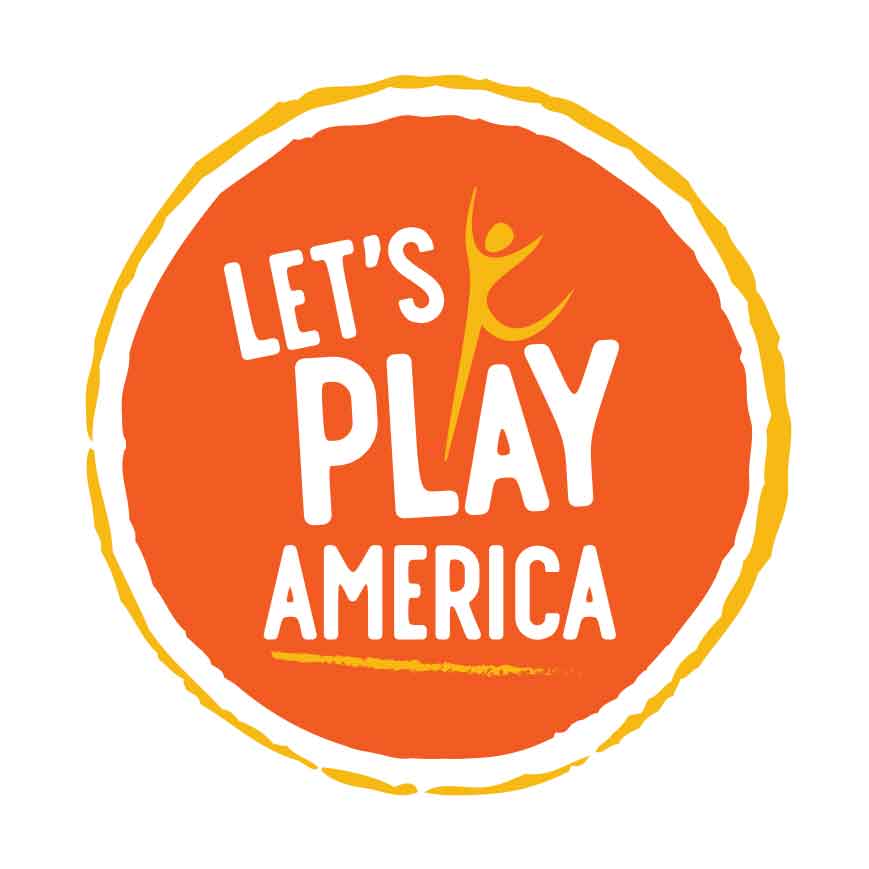



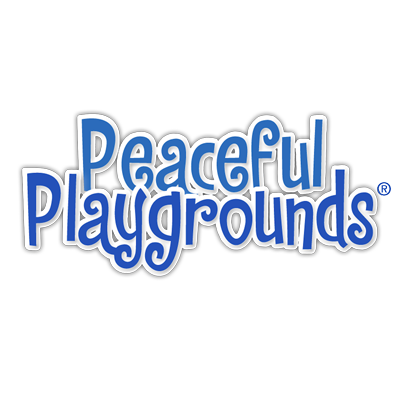


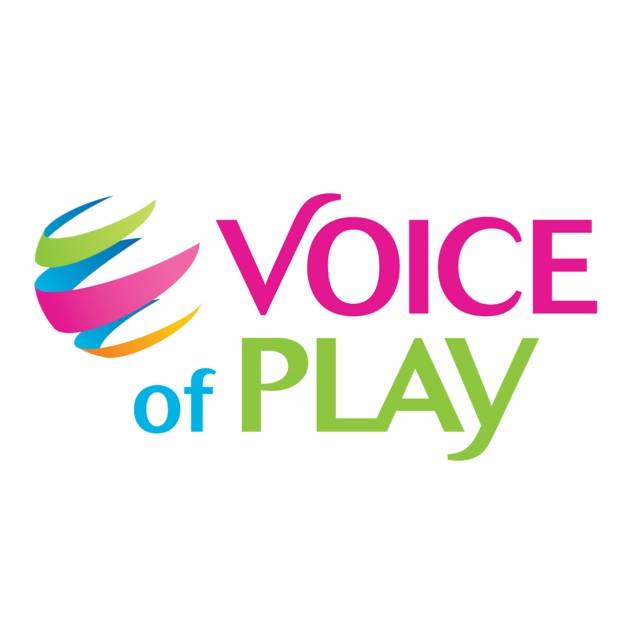





Add new comment